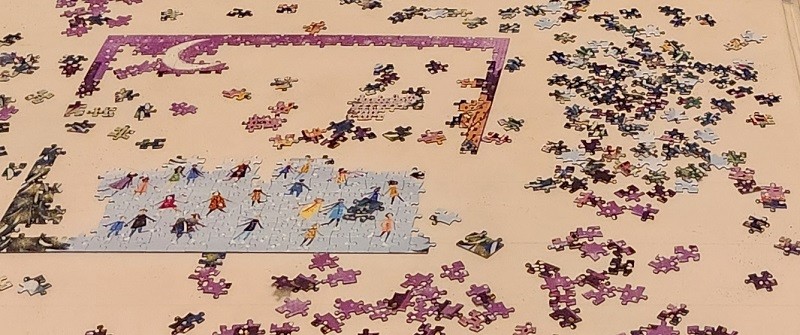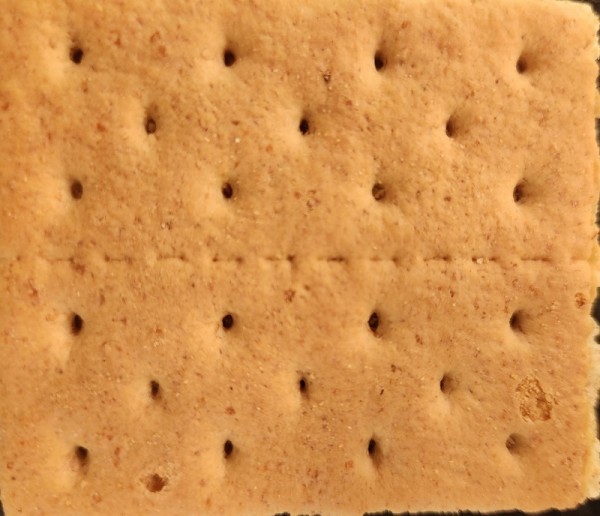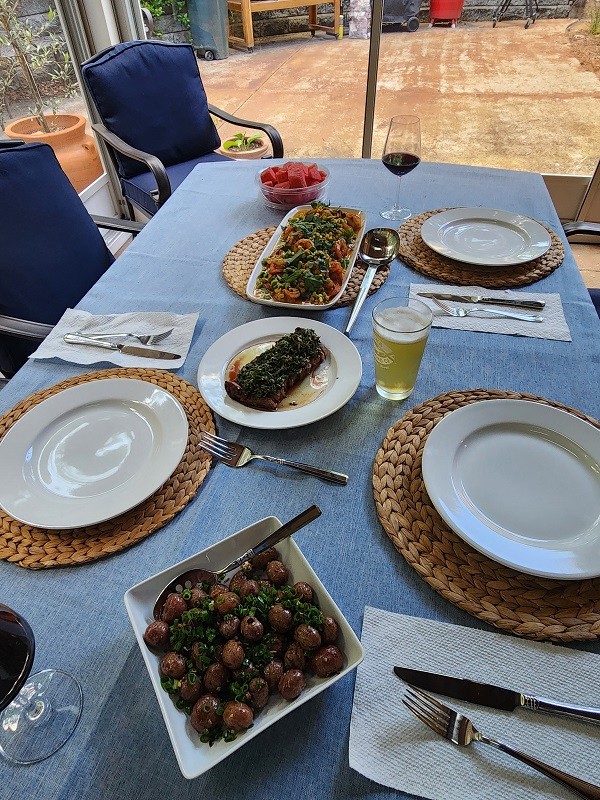Crosswords, Sudoku, word jumble, or jigsaw—there’s something empowering about solving a puzzle. It makes you feel like you won a prize fight without having to break a sweat or your nose. You get that smug “I’m smarter than Einstein” attitude. Sadly, it only lasts until you start the next puzzle.
I’ve never been a puzzle guy. I tried to solve the Rubix cube and wound up needing therapy for the flashbacks from that six-sided torture device. Besides, trying to figure out how to parent two teenagers without losing my mind or alienating my children are all the puzzles anyone needs in their lifetime. Fortunately, we all got through it fairly unscathed. However, my wife is a fan of jigsaw puzzles. This is something that I didn’t discover until many years after the “I do.” Not that it would have been a deal breaker. But that knowledge might have made it easier for me to figure out what to give her on those special occasions. Nothing says “I love you” like a box filled with a 750 piece frustration. For my part, she is the one puzzle I never tire of trying to solve. Actually, she’s more of a cuddly riddle wrapped in a fuzzy sweater, but I digress. We’ve assembled several puzzles over the past few years. Admittedly, they are a great way to pass winter days, especially during Christmas, when she has a week off and my schedule becomes slack. It’s also a great bonding experience. Having a common enemy is a real relationship builder.
We have John Spilsbury to thank–or blame–for the jigsaw puzzle. He was a map engraver who mounted a map to wood and then cut out the countries. He did this as a way to teach his children geography. They were called dissected puzzles, not jigsaw puzzles as the jigsaw didn’t exist then. They had to wait until the late 1880s for that gizmo to come along and then be used for making the puzzles. The term “jigsaw puzzle” wasn’t coined until 1906.
I have a theory that as their popularity rose so did the amount of reckless drinking. That’s why the 13th Amendment was passed. Congress thought that would be the best way to control all the puzzlers, who in turn became guzzlers. It seems to me banning puzzles would have been a better way to go. Today, people who consider themselves puzzle enthusiasts use the term “disectologist.” Back then, I’m pretty sure they were called alcoholics.
Puzzles for adults come in 300-, 500-, 750-, and 1000-piece options. My wife has a preference for 500-piece puzzles. I prefer the ones that are wooden and have fewer than 10 pieces. I’ve been told that’s not an option since I’m no longer five years old. That’s blatant age discrimination if you ask me.
This Christmas, she received a 500-, a 750- and two 1000-piece puzzles. The 500 was fun and just the right amount of challenge. The 750 taxed our table space but not our patience. Currently, we’re in the ring slugging it out with a 1000-piece puzzle, and it’s not looking good.
You’re likely wondering, if I’m not crazy about jigsaw puzzles, why do I bother helping? Simple. Once poured out on the table, I feel the pieces mocking me. And I don’t take guff–real or imagined–from a pile of cardboard cutouts who think they’re smarter than me. After all, I’m not the one who went all Humpty Dumpty and can’t pull myself together.
I’m not blind to the fact that millions of people love these puzzles. Just stroll through a toy store or hobby shop and you’ll find many options just waiting to frustrate and elate all at the same time. In fact, the U.S.A. Jigsaw Puzzle Association hosts the Jigsaw Puzzle Nationals every year. This year, it’s in Washington D.C. in April. Other countries have similar competitions and there is also a World Jigsaw Puzzle Championship. None of this year’s competitors or the ones in years to come have any fear of me attempting the title.
Perhaps you enjoy the occasional jigsaw puzzle. Maybe you feel fairly confident in your ability to solve one quickly. Here’s a little information that may make you feel less secure in that respect. The average 1000-piece puzzle has an average solving time of nine hours. The fastest solve time of one of these tests of mental fortitude is 9 minutes 53.32 seconds. It took us that long to get the cellophane off the box and an hour just to find all the edge pieces let alone put them together.
Still, I can see where a puzzle that size is a good purchase. After all, you’re looking for something to occupy your slack time and provide you with hours of “entertainment.” That makes them a good investment, because once finished, you can take it apart and do it again some other day. It isn’t as though it’s easier to solve the second time around.
Then comes the disappointing part: disassembling and putting it back in the box. It seems a bit discouraging. It’s like preparing a brisket to smokey perfection then tossing it in the trash because you suddenly remembered you are a vegan.
That may be the biggest puzzle of them all.














